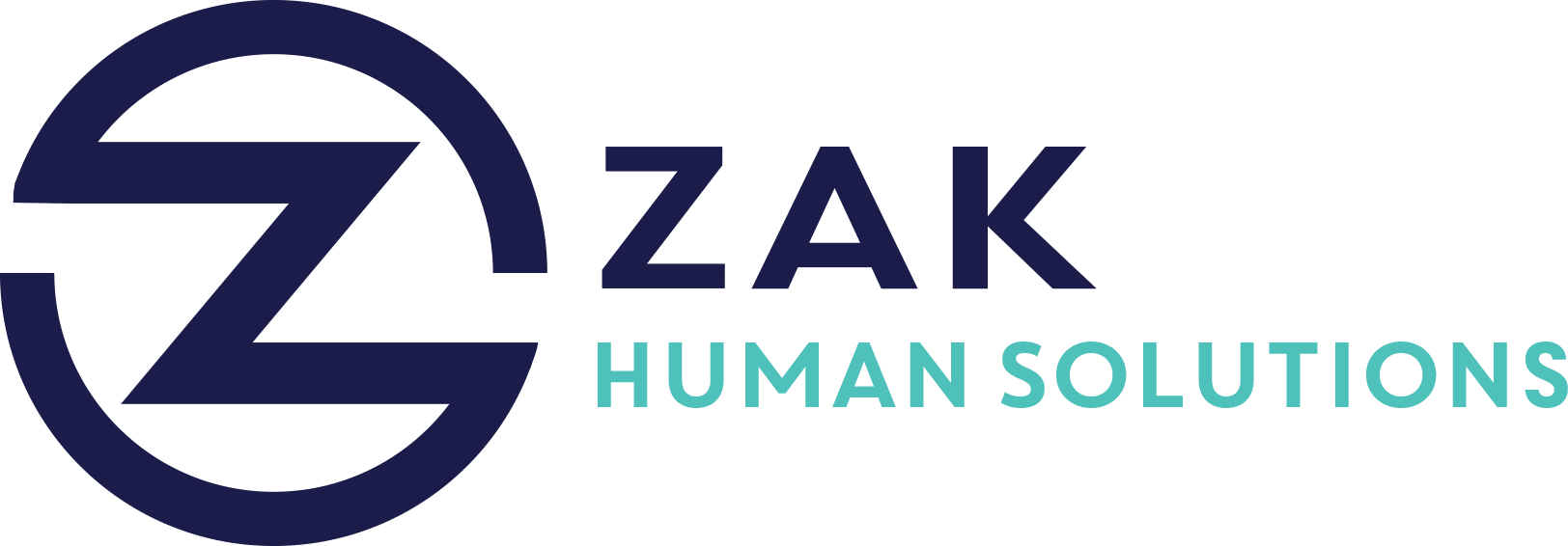Key Takeaways
- 94% of HR leaders experience stress due to various factors, with only 6% not feeling stressed.
- Key stressors include workload (29%), rising costs (26%), and employee retention and turnover (24%).
- Stress levels are higher in larger organizations, with burnout affecting 35% of HR leaders in businesses with over 1,500 employees.
- Karen Lough stresses the importance of open communication and workload management to alleviate stress and prevent burnout.
- Lough suggests implementing boundaries and investing in tools and technology to support HR professionals effectively.
In the high-pressure world of Human Resources, stress is not merely an unwelcome guest; it’s a constant companion for most HR leaders. New research spells it out starkly: a staggering 94% of HR leaders report being stressed, with only a rare 6% feeling otherwise. This statistic raises a critical question—what are the causes of such overwhelming stress, and more importantly, how can it be mitigated?
The Stressors
Workload, Costs, and Turnover: The Trio of Tension
When examining the factors behind this stress epidemic among HR professionals, three primary stressors emerge:
- Workload: Constituting the most significant burden, workload stresses 29% of HR leaders.
- Rising Costs: Financial pressures impact decision-making, with 26% naming it a key stressor.
- Employee Retention and Turnover: For 24%, the constant churn of staff adds to workplace anxiety.
These stressors highlight the multifaceted challenges HR leaders face and the need for targeted strategies to reduce their impact.
The Bigger the Organization, the Greater the Stress
Burnout in Larger Organizations
Data paints an even grimmer picture for HR professionals in larger companies. In organizations housing over 1,500 employees, 35% of HR leaders suffer from burnout. The sheer volume of tasks, coupled with increased responsibility and often insufficient resources, generates a perfect storm for stress, making it a priority issue to address.
Strategies for Stress Reduction
Open Communication and Effective Workload Management
Karen Lough, a noted authority in HR, underscores the importance of open communication channels and workload management as potent stress relievers. In her analysis, businesses can explore several avenues to alleviate stress:
- Foster Dialogue: HR teams should have platforms that encourage open discussion about workload and stress levels.
- Review and Redistribute Workloads: Regular audits of task allocations can ensure a fair distribution of work.
- Promote Mental Health: Initiating programs that focus on mental well-being can offer much-needed relief.
Investing in the Right Tools and Technology
Modern Solutions for Age-Old Challenges
Lough suggests that organizations can greatly benefit by integrating tools and technology designed to ease HR burdens. By automating time-consuming administrative tasks, HR leaders can focus on more strategic initiatives that not only foster organizational growth but also personal job satisfaction.
Building a Resilient HR Function
To counteract the stress epidemic in HR, organizations must prioritize the well-being of their HR teams as vigorously as they do business metrics. By adopting practices that promote open dialogue, control workloads, and utilize technology, companies can create a healthier environment where HR professionals can thrive.




